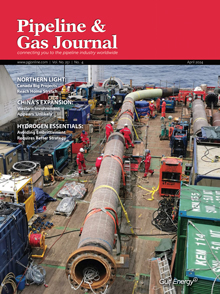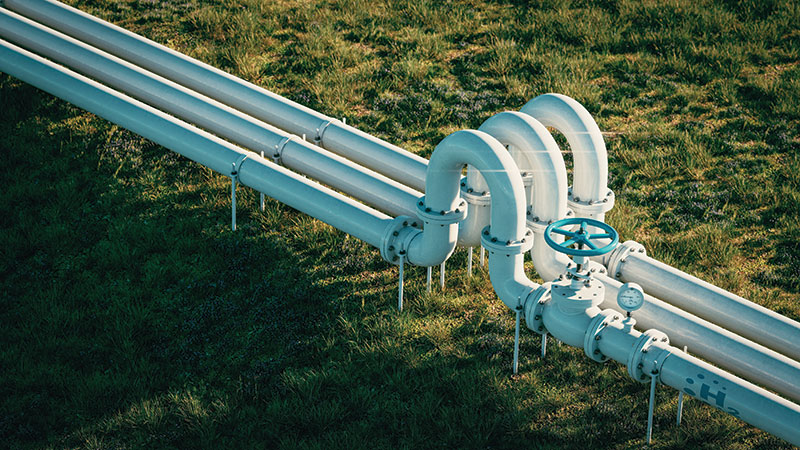Hydrogen Industry Urges Streamlined Process for U.S. Tax Credits
(Reuters) — Some companies planning to use new U.S. tax credits to deploy hydrogen projects urged the Treasury Department this week to ease proposed environmental requirements, warning that they could hinder the nascent industry’s takeoff.
Treasury and the Internal Revenue Service hosted hearings this week on the guidance they released in December governing implementation of the Clean Hydrogen Production, or 45V, tax credit, one of the most lucrative incentives in the 2022 Inflation Reduction Act.
The credit would create a 10-year incentive for clean hydrogen production of up to $3.00/kilogram.
The credit has been at the center of heavy lobbying by industry groups seeking to build projects, as well as environmental advocates worried that a proliferation of hydrogen projects will backfire by boosting energy demand and raising greenhouse gas emissions.
The Treasury's proposal would require hydrogen producers seeking the 45v credits to prove they have used clean electricity that has been recently built and sourced from the same region as the project. They would also need to show that the power was generated around the same time that the hydrogen was produced.
Australian firm Fortescue said the requirements would hurt a project it is pursuing the Pacific Northwest, which won Energy Department support last year.
“This investment would not qualify for the tax credit, because we plan to use a mix of surplus hydropower and other renewables," Fortescue North America CEO Andrew Vesey told the hearing.
Frank Wolak, president of the Fuel Cell and Hydrogen Energy Association industry group, said the requirements had cooled investor interest in hydrogen projects. The lobby group asked that projects launched before the guidance is finalized be exempted.
Dorothy Davidson, CEO of the DOE-backed Midwest hydrogen hub, asked Treasury to allow projects to source at least 10% of their power from pre-existing zero-carbon sources like nuclear, and also permit the use of renewable natural gas from farms and landfills. The Midwest hub project relies on existing nuclear energy and natural gas.
Meanwhile, some green hydrogen companies and a number of NGOs urged the IRS to keep the requirements in place.
"Weak section 45V rules would undermine both the achievement of the Biden Administration’s climate goals and the credibility of the hydrogen industry," said Claire Behar, chief commercial officer of Hy Stor, a green hydrogen firm with a project in Mississippi.
Related News
Related News

- Keystone Oil Pipeline Resumes Operations After Temporary Shutdown
- Freeport LNG Plant Runs Near Zero Consumption for Fifth Day
- Biden Administration Buys Oil for Emergency Reserve Above Target Price
- Mexico Seizes Air Liquide's Hydrogen Plant at Pemex Refinery
- Enbridge to Invest $500 Million in Pipeline Assets, Including Expansion of 850-Mile Gray Oak Pipeline





Comments